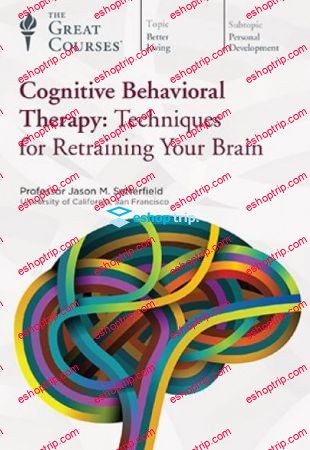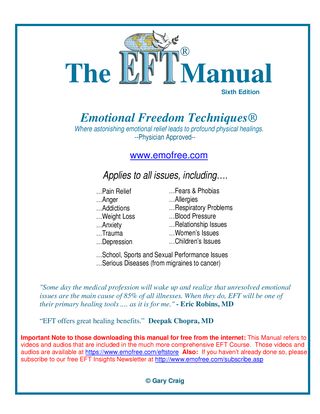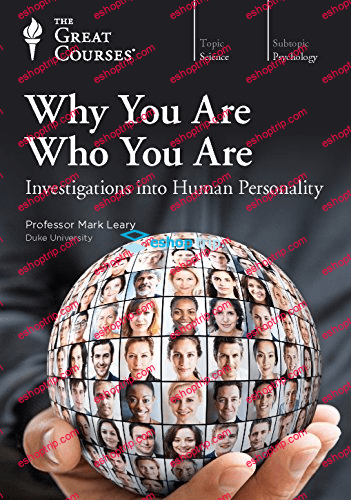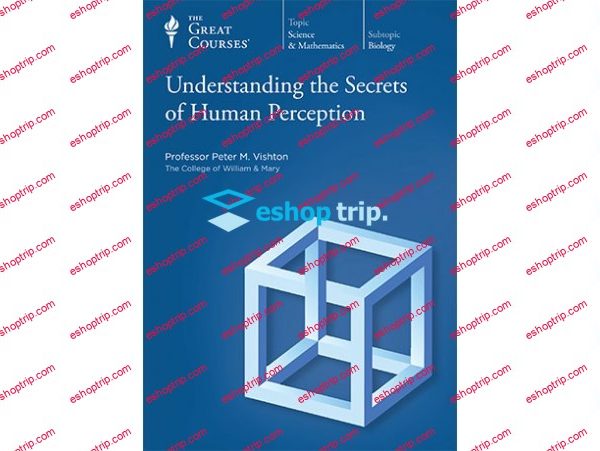Published 3/2024
MP4 | Video: h264, 1920×1080 | Audio: AAC, 44.1 KHz
Language: English | Size: 313.37 MB | Duration: 1h 23m
EMDR Training for Self-Healing, Trauma Therapy, Childhood Healing, PTSD, Grief, and Counseling
What you’ll learn
Introduction to EMDR Therapy
Introduction to Emotional and Psychological Trauma
Dual Awareness
Window of Tolerance
Safe Place / Calm Place Exercise
Container Exercise
EMDR for PTSD
Requirements
None.
Description
Eye-Movement-Desensitization and Reprocessing Therapy (EMDR Therapy) course will enable you to use this wonderful neuropsychology psychotherapeutic technique in a wide range of conditions e.g. stress, anxiety, depression, trauma informed care, trauma therapy, stuck grief / grief healing / grief counseling, death doula, victim feelings, rage and anger triggers, low-self esteem, self-sabotaging / thoughts or behaviors, feeling stuck in life, PTSD, Childhood Trauma Healing and other mental and psychological trauma.This is both Self-EMDR Training and Self-EMDR Training. It includes a detailed elaboration of the 8-Phase EMDR technique with live session examples.This course is beneficial for everyone ranging from the general population to clinical trauma specialist, EMDR Therapist, and counsellors. Learning EMDR will illuminate an individual’s growth, skills, personality, desires, concerns, and conflicts.EMDR was originally developed to treat Post-Traumatic Disorder (PTSD).Then therapists and patients found that it is often effective in alleviating the symptoms of many other psychological conditions and challenges.Today the infamous Eye Movement Technique is often synthesized with mindfulness practices to create a transformative form of meditation that can reduce stress, induce relaxation, and help cultivate a state of clarity creativity.EMDR has also remained controversial since its first discovery, because despite numerous theories, nobody knows exactly how or why it works.This course provides a concise yet comprehensive insight into all aspects of EMDR and its applications, and includes videos for use in your own meditation practice.
Overview
Section 1: Introduction
Lecture 1 What is EMDR?
Lecture 2 History and Development of EMDR
Lecture 3 Ethical Considerations in EMDR Practice
Section 2: Foundations of EMDR
Lecture 4 Understanding Trauma and Memory
Lecture 5 The Adaptive Information Processing (AIP) Model
Lecture 6 EMDR phases Overview
Lecture 7 Research and Effectiveness of EMDR
Section 3: EMDR in mental health
Lecture 8 Trauma and Its Impact
Lecture 9 Addressing PTSD n Complex Trauma
Lecture 10 Integrating EMDR into a Therapeutic Approach
Lecture 11 Ethical Practice and Client Safety
Section 4: EMDR phases and Protocols
Lecture 12 Client History and Treatment Planning
Lecture 13 Preparing for EMDR
Lecture 14 Processing Traumatic Memories
Lecture 15 Closure and Reevaluation
Section 5: EMDR Techniques and Bilateral Stimulation (BLS)
Lecture 16 The Three-Pronged Approach
Lecture 17 Resourcing and Safe Place Exercises
Lecture 18 EMDR Protocols for Specific Issues
Lecture 19 Bilateral Stimulation Techniques
Anyone who wants to help self and others by practicing EMDR therapy.
Homepage
https://anonymz.com/?https://www.udemy.com/course/the-complete-emdr-therapy-course-emdr/











